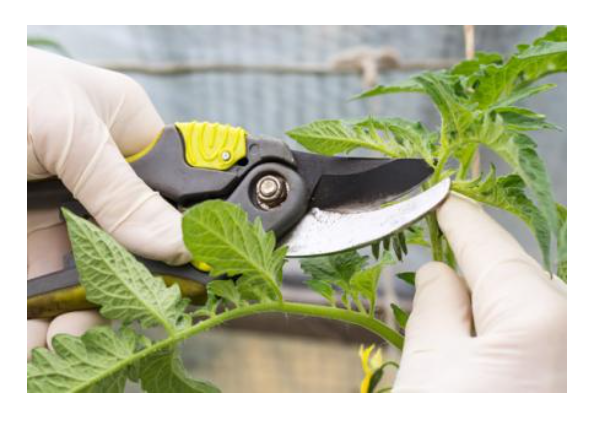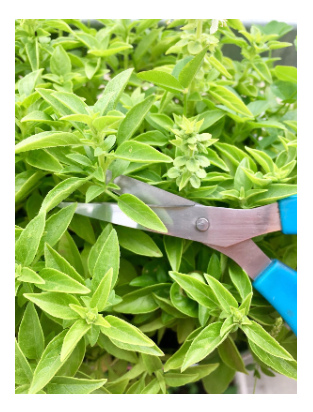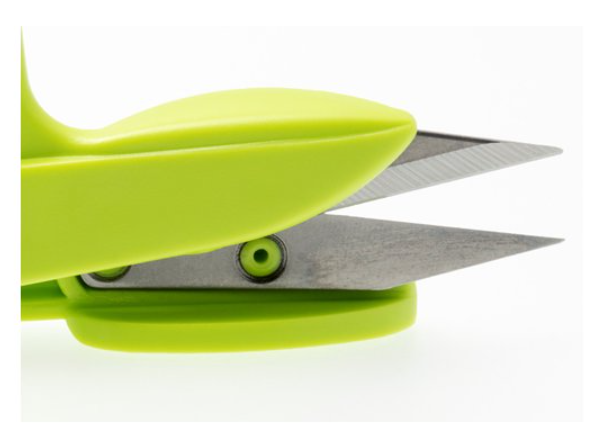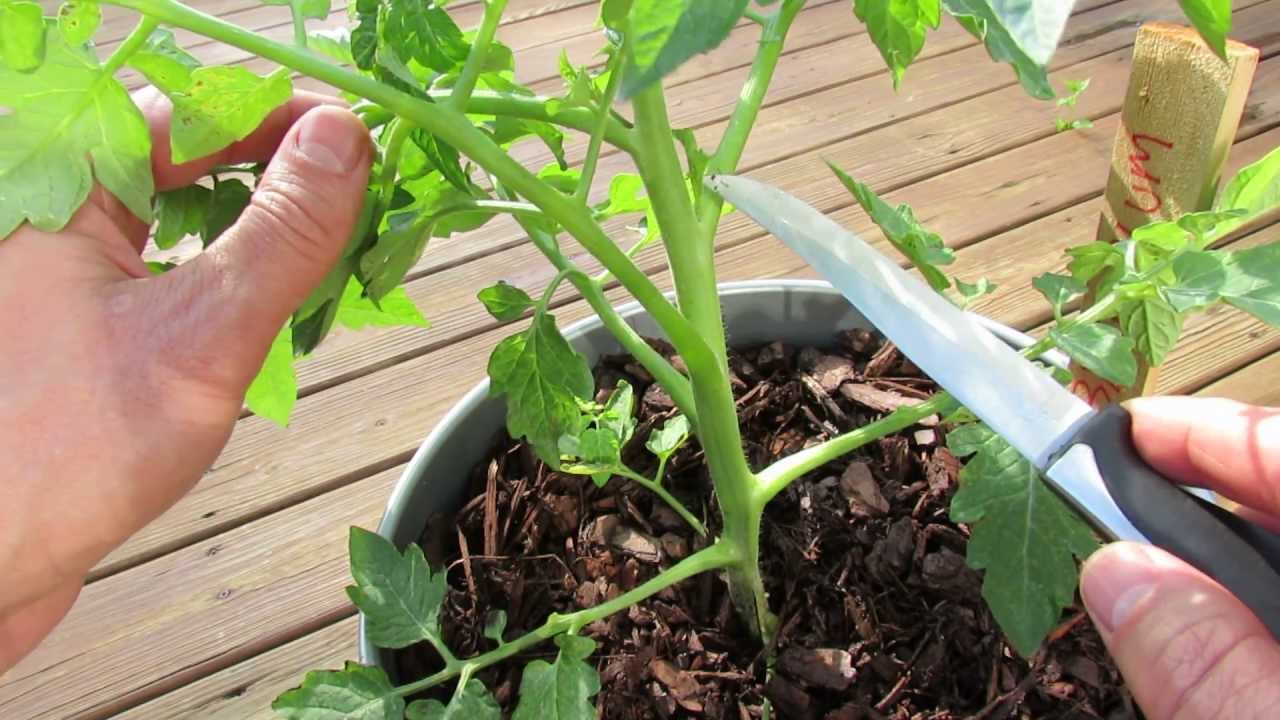Removing the leaves for higher yields – how does it work?
Removing plant leaves to achieve higher yields (also called defoliating) is a topic growers have been arguing about for years. There are many opponents and supporters of defoliating, and there’s no clear answer to whether or not you should do it. It’s undeniable that many growers defoliate and achieve impressive outcomes, so there just might be something to it. Our recommendation? Try it and see!
First, let’s explain how purposefully removing the leaves benefits outdoor and indoor plants grown under artificial lighting like HID lamps or LED lights.

It improves air circulation and lowers the humidity in the grow area
Indoor growing rooms and tents usually have thick, impenetrable vegetation because growers understandably try to use all the available space to cultivate as many healthy plants as possible. The number of plants often isn’t the only reason – some growers let their plants grow tall to fill the whole area.
Not all growers realise that the thicker the vegetation, the more it ultimately impedes the fresh air from freely flowing among the plants, which is vital to their healthy and vigorous growth.
TIP: Circulation ventilators help improve the airflow exactly where necessary. If you don’t have any, consider getting one, especially for the warm summer months.
Thick foliage also increases the humidity in the grow tent, especially if it’s so dense that the leaves are touching. High humidity isn’t such a problem on its own but combined with poor airflow, it creates the ideal conditions for moulds, which do incredibly well in stagnant, humid climates. The places where the leaves touch or overlap are more humid than others, and these leaves are often wet or stick together, which is what you want to avoid.
Increased humidity and poor airflow also lead to used-up air build-up underneath the leaves. This air doesn’t contain enough carbon dioxide (CO2), which plants need for photosynthesis.
TIP: Adding more CO2 into a grow tent increases the yields significantly. Try adding a maintenance-free natural CO2 generator to your setup, and you won’t regret it.
Removing some of the leaves and making the foliage less thick helps avoid mould and improves air circulation.
More light gets to the plants
For healthy development and growth, the green parts of plants – especially their leaves – need enough light. The light should have a suitable intensity to make sure most of the leaves get the necessary daily dose of photons. In nature, the sun is not only a high-intensity light source, but it also moves across the sky, and so does the direction and angle of the light. No matter how powerful an indoor light is, it remains at a fixed point on the ceiling, which is why the thickness of the foliage is so significant.
The bottom part of the plant often doesn’t get sufficient light for effective photosynthesis. The plant knows this and naturally stops supplying more water and nutrients to them. These leaves (which wouldn’t be of much use anyway) are the usual candidates for defoliation. Other growers who are against removing the leaves use additional lights like the TLED lamps to give even the bottom parts of the grow tent a chance to flourish.
TIP: If you want to try additional lights, the best one you can get is the Lumatek Bar 2,9.
Removing the unnecessary and large leaves can improve the plant's development. On the other hand, leaves work like solar panels because they supply the plant with energy, which the plant needs. Defoliating too much can do more harm than good.If you defoliate well, it can lead to higher yields, but you should be careful not to remove too much or, in some cases, you shouldn’t attempt it at all. There are four basic rules you should take into account before removing the leaves.
- The health of the plants

Your plants must be in perfect condition if you want to defoliate them successfully. If they're not, don't remove any leaves because it won't work. There's just no way around it. If your plants are fighting off an attack from pests, or you just know their development isn't exactly ideal, defoliating won't bring any benefits. On the contrary, it might harm or even kill them. If your indoor plants aren't healthy, it's better to experiment with improving their conditions. Make sure your plants get the ideal amount of light, humidity, fresh air, water and fertiliser before you attempt defoliating. When everything is as it should be, go ahead and start experimenting further!
- Genetics
It's possible that the opinions of professional growers differ so significantly on this topic because not every variety can withstand defoliation. Genetics definitely play their role here. If you're growing a variety which creates thick vegetation with several side branches and leaves, defoliation might probably help. There is a plethora of more compact plants which grow much fewer leaves, and you should cut them off carefully with moderation.
- Less is more
Some growers jump straight to it, remove nearly all the large leaves in one go and leave only smaller leaves near the flowers and leaves without a stem. It works out for experienced growers, who tested the plant variant and know exactly how it will react based on previous experience, but usually not for newbies. If you want to experiment with defoliation, we recommend removing only a few of the large leaves, wait for several days to see how the plant reacts and then think about removing more. You can always remove more leaves later but you can't put them back on.
- The right timing
There's a point after which you shouldn't defoliate. Plants grow continually during the vegetative phase and focus all their energy on it. Once the photoperiod changes to 12/12, plants keep growing for about three weeks and try to get as tall as possible very quickly. Once they stop, they won't grow any more leaves except the tiny ones close to the flowers. Removing too many leaves in the flowering phase can seriously harm your plants and crop, be more careful.
Pro-tips for defoliation:
- Removing the leaves of young plants and seedlings doesn't make any sense. For one, they need all the energy they can get for development, and they usually have enough space between each other. The light reaches all their parts, and they can grow a lot of offshoots, which is what you want.
- Use high-quality, sharp scissors for defoliating - it's more precise, safer for the plant, quicker and convenient.
- It doesn't really matter if you remove the leafstalks - they naturally dry and fall off when the leaf is gone anyway.
- Removing only parts of the leaves is done when there aren't many of them, but they still obstruct light.
- Defoliating is more beneficial for indoor plants. Outdoors, plants get light from more angles, and they might need the leaves in case the climate gets less favourable or if they encounter a pest in the generally less controlled environment.

So, to sum it up, we recommend you defoliate:
In the vegetative phase:
- If you want to keep the vegetation at a certain level, defoliate the branches that grow too quickly to slow their development. Growers like to do this to create a flat canopy the light reaches evenly.
- Remove the larger leaves at the top to let the light reach the lower branches. They shouldn't be in the shadows if you want them to grow well. Supporting the lower branches means using the grow tent more evenly and effectively.
- Remove leaves if they're touching each other - water condenses there, which can lead to moulds.
- Prune old leaves on the bottom of the stalk, which won't get enough light anyway.
In the flowering phase:
- Remove the leaves to let light reach the buds and flowers, even those in the lower parts of the plant.
- Defoliate only moderately - after the photoperiod changes, the plants “stretch” for about three weeks but grow little to no foliage
- Be extra careful with autoflowering plants – you don’t know exactly when the flowering phase starts.
When and how to defoliate? The exact strategy is up to you.
- Just before changing the photoperiod
More and more growers radically defoliate just before they switch the photoperiod. Afterwards, the plants “stretch”, which doubles the resulting effect. To an extent, you can restrict the height of the plant, but the main importance is getting more light to the nodes at the bottom. A sufficient supply of intense light will significantly support the development of flowers, which wouldn’t do so well otherwise.
- Defoliating continuously
Removing the leaves regularly during the entire growth cycle (up to the last weeks of flowering) is much more conservative. You can establish certain intervals for defoliating, let's say every other day. It’s similar to irrigation – it’s better to do it more often but in lower doses. On that account, remove only a few carefully selected leaves that obstruct the light the most or the ones that touch each other and overlap. Being cautious exposes the plants to less stress than removing multiple leaves all at once. It also gives you plenty of time to watch and see how the variant reacts and fewer opportunities to harm the plant.

Compare, compare, compare.
The real potential or the possible benefits of defoliating the variant you’re growing show best if you do it with a control group first. Compare two (or more) portions of the crop (the size is up to you): defoliate one part and let the other grow freely. If you already have some experience with it, you can compare two different defoliating methods the same way as well. Be careful to give all the groups the same conditions (obviously, they should be the same strain) as the experiment won’t be conclusive otherwise.
The best advice we can give you is that you should observe the plants carefully. They will let you know what is good for them and what’s not. Experiment, be careful and think everything through. Defoliating can multiply your yields or harm the crop – it depends on how well you do it and if the plants can take it.
In case any questions come to mind, don’t hesitate to contact us anytime at info@higarden.eu.
Products we recommend:
More articles:
